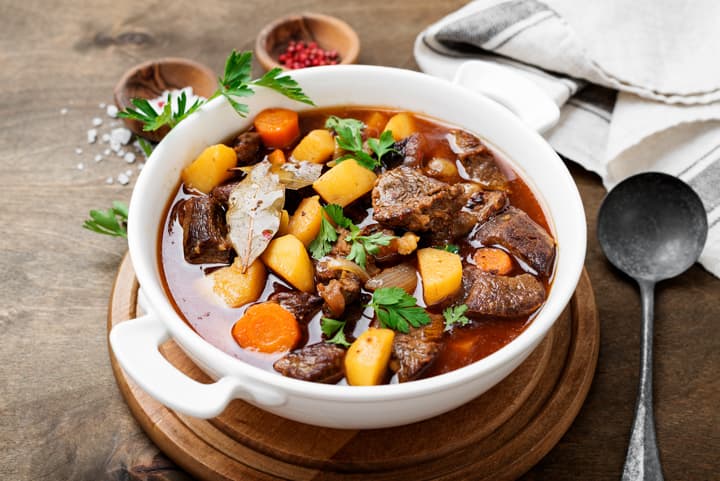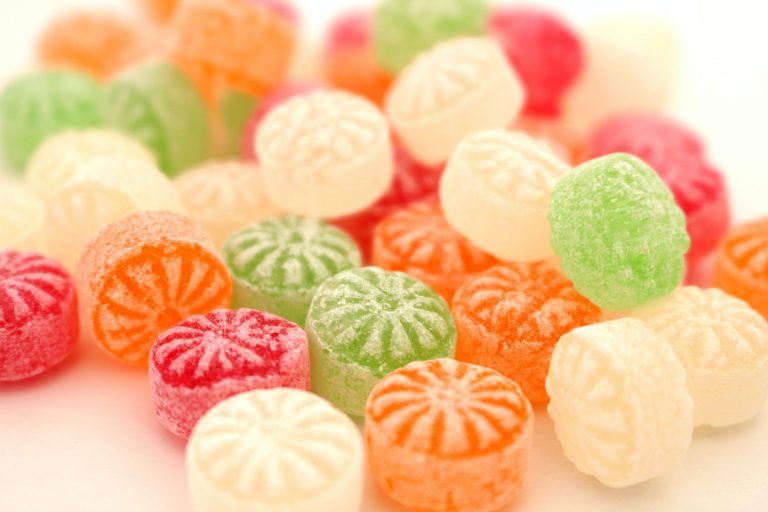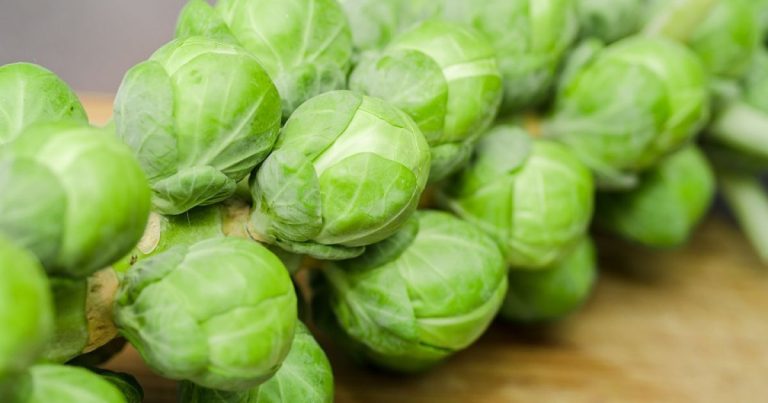Introduction: What is Gulasch?
Gulasch is a traditional Hungarian dish that has been enjoyed for centuries. It is a hearty beef stew that is loaded with onions, paprika, and various spices, which give it a unique and irresistible flavor. The dish is typically served with bread or dumplings and is a perfect meal for colder days.
Gulasch has a rich history that dates back to the 9th century when Hungarian shepherds started making the dish to keep themselves warm during the harsh winters. Over time, the dish became so popular that it spread throughout Europe, and today it is a staple in many households across the continent.
Ingredients and Preparation of Gulasch
Gulasch is a simple dish that can be made with just a few ingredients. The key ingredients include beef, onions, paprika, and various spices. To prepare the dish, the beef is first seared in a pot until it is browned on all sides. The onions are then added and cooked until they are translucent. The paprika and spices are added next, along with enough water or beef broth to cover the meat. The dish is then simmered for several hours until the beef is tender and the flavors have melded together.
There are many variations of gulasch, and some recipes call for additional ingredients such as potatoes, carrots, or tomatoes. Some recipes also call for the addition of sour cream or vinegar to give the dish a tangy flavor. Regardless of the recipe, gulasch is a dish that is sure to warm you up on a cold day.
Serving and Variations of Gulasch
Gulasch is traditionally served with bread or dumplings, which are perfect for soaking up the flavorful broth. However, some people also like to serve the dish with rice or noodles. Gulasch is a versatile dish that can be served for lunch or dinner and is perfect for feeding a crowd.
There are many variations of gulasch, and each one has its own unique flavor profile. Some recipes are spicier than others, while some are milder. Some recipes call for the addition of beer or wine, which can give the dish a rich and complex flavor. Regardless of the recipe, gulasch is a dish that is sure to satisfy your taste buds.










